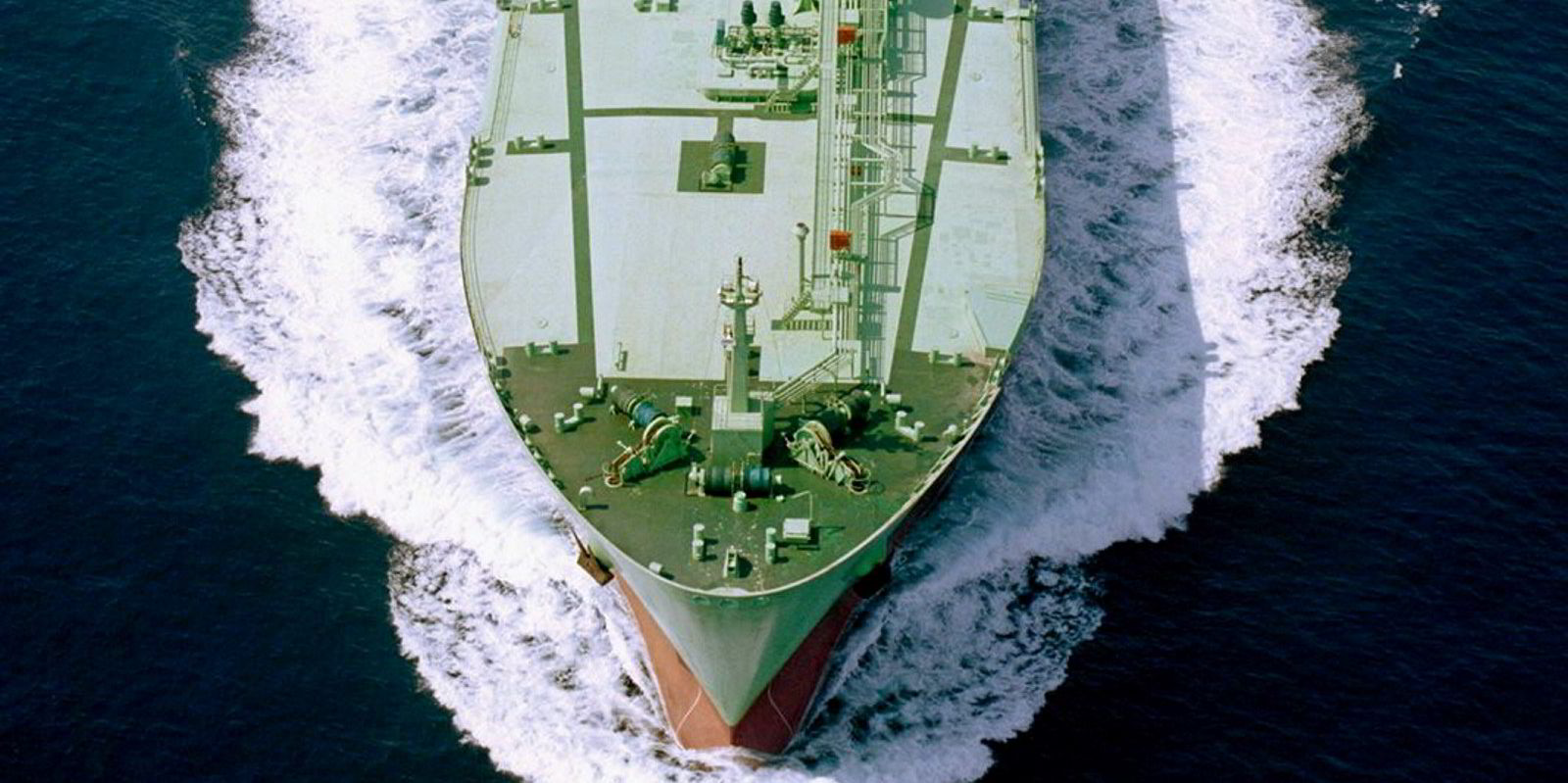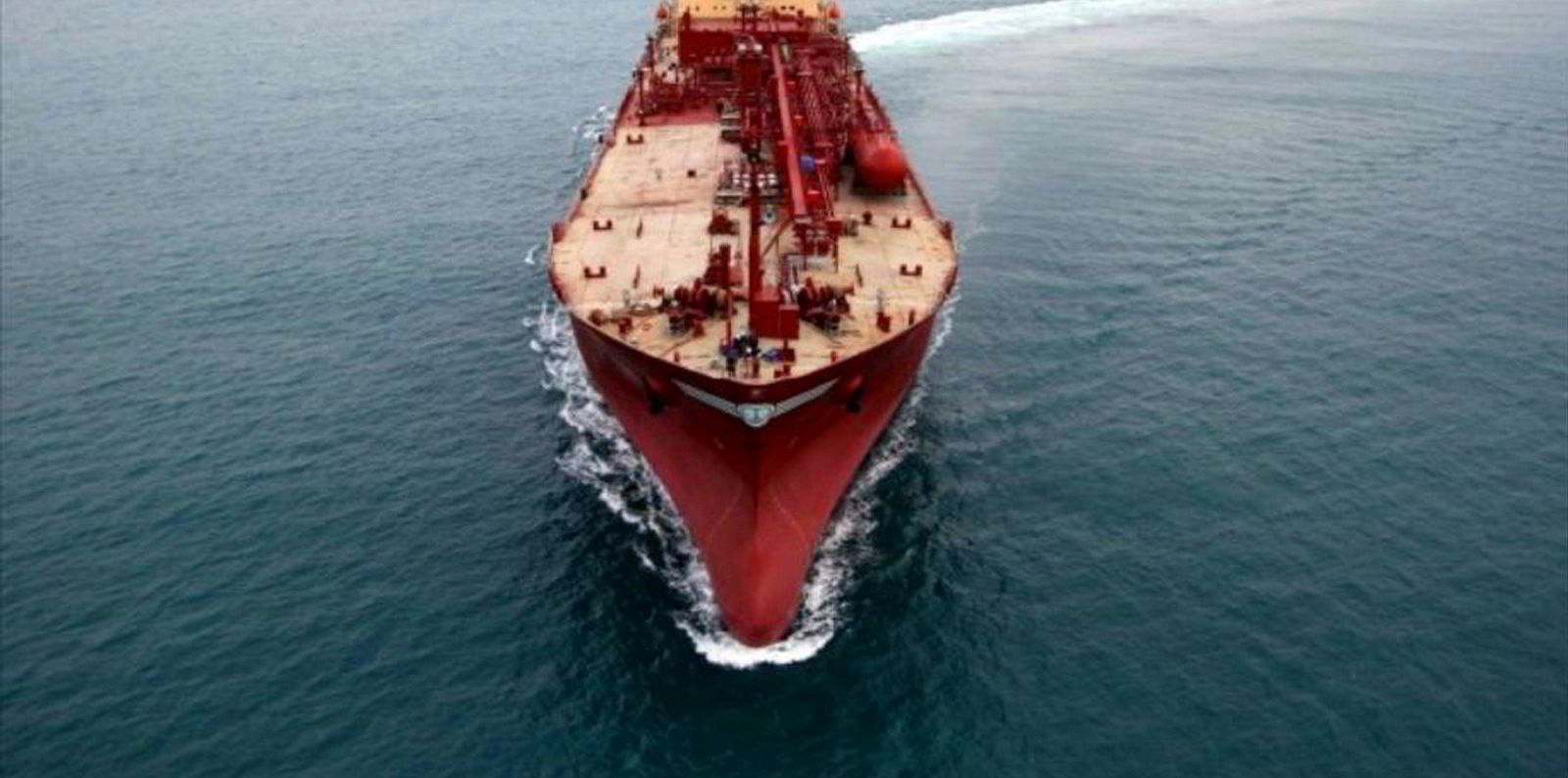Prospects remain bright for VLGCs into 2021 as free tonnage dries up.
Norwegian investment bank Fearnley Securities said the market has continued on a "strong note" since hitting five-year highs last week.
Analysts Espen Landmark Fjermestad, Peder Nicolai Jarlsby and Ulrik Mannhart see limited headwinds in the near-term.
"The market remains extremely tight in both basins as there is simply not enough tonnage to cater for demand," they said.
There are still a few vessels available for December dates in the Middle East Gulf, but Fearnley expects attention to quickly turn towards January, with no tonnage overhang.
Rates have continued to tick upwards, with the latest Baltic Exchange assessment coming in at $91.36 per tonne on Wednesday, or $82,300 per day.
Charterers assess their options
"Following the hectic last week, the market has levelled off as charterers have taken a step back to assess options," the analysts said.
"However, there are virtually no available vessels for the relevant fixing window which has left transpacific runs at a premium to western rates."
Western numbers are estimated at $86,000 per day.
Compatriot investment bank Cleaves Securities said a lack of available tonnage and strong fixing activity in the West saw earnings rally to $81,000 per day on 27 November, a 50% jump on the prior week and 58% on the prior month.
"Canal delays are still supportive, but relets could emerge with the US/Asia LPG arbitrage now close to spot rates," the company added.
Cleaves puts vessel earnings 3.5 times above cash break-even levels.
Exports stay solid
"The very strong VLGC spot market reflects solid export volumes, but also significant fleet inefficiencies. Cargoes ex-US are now working towards mid-January laycans due to the lack of available prompt vessels, impacted by turnaround delays at discharge ports and transit delays at the Panama Canal," analysts Joakim Hannisdahl and Peter Michael Christensen said.
Satellite data shows eight VLGCs were awaiting Panama Canal transit at the start of this week, with an average waiting time of 2.8 days, according to Cleaves.
This is down from the 3.8 days average in October, but up from the 1.7 days average between May and August.
"With some vessels now using up to nine days to transit the canal (normally around two days), many opt for the 12-days-longer voyage around the Cape of Good Hope. This is further adding to the fleet inefficiencies, tying up an estimated 7% of the global VLGC fleet’s capacity," the Cleaves analysts said.
Ballast speed picking up
One offsetting factor is an increase in VLGC ballast speed as owners hurry to the next deal.
Speed averaged 15.1 knots in November, versus 14.3 knots in June, the investment bank calculated.
This rise represents a 2.5% increase in fleet capacity.
Ballast speed has averaged 2% higher than laden speed in November, reflecting the strong earnings environment, Cleaves said.
"It is challenging to say how long these fleet inefficiencies will last, with the Panama Canal delays said to be caused by high traffic, seasonal fog and Covid-19 related issues," the analysts added.
"We expect that the delays will abate in the first quarter of 2021."






